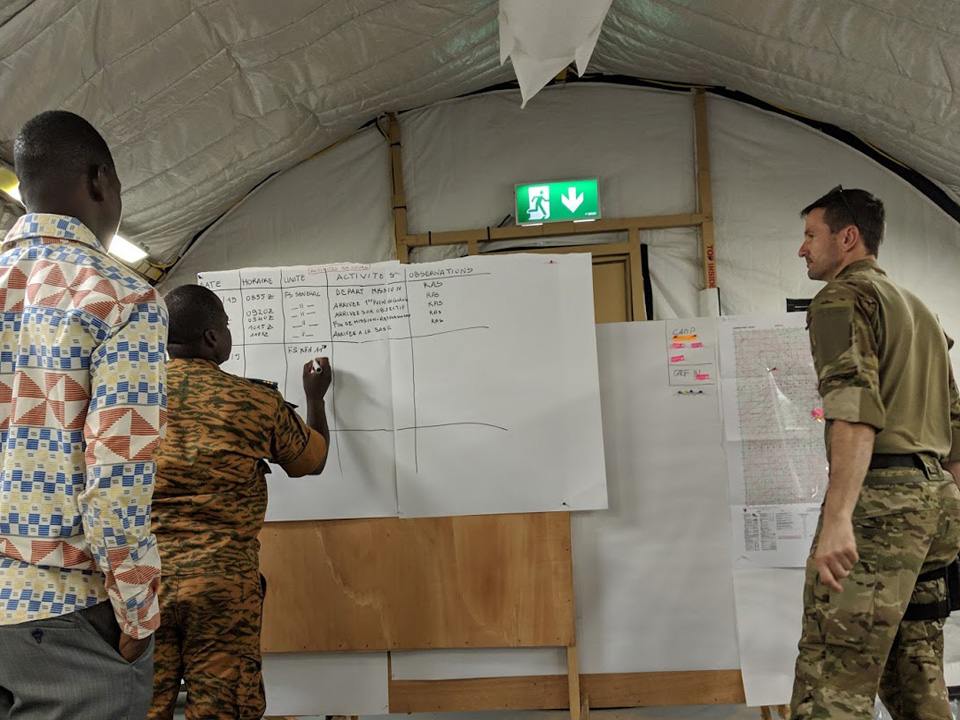Introduction: Since 2005, FLINTLOCK has developed capacity and collaboration among African security forces to protect civilian populations across the Sahel region of Africa.
From February 18 - March 1, 2019, over 2,000 allied and U.S. counterterrorism forces from 34 African and western nations have taken part in the exercise. Communication and collaboration are key for the organization, planning and execution of FLINTLOCK. The exercise location changes annually. In 2019, the exercise execution occurred across five locations within Mauritania and Burkina Faso.
Challenges: Identifying and coordinating personnel across multiple continents can be challenging.
- How can participants share information in a timely fashion?
- How can people who speak different languages see the same SITREPS in their native language?
- Can a Common Operational Picture (COP) be leveraged?
Solutions: With APAN’s web 2.0 interface, FLINTLOCK exercise planners were able to post and share documents and announcements.
Planners were able to translate documentation into languages they spoke. Using APANs ArcGIS portal, APAN provided a COP using mapping capabilities. Questions and Answers were available in French and English within eleven chatrooms by task and workflow. Exercise injects were created using APAN forums by location. This assisted participants to receive only the information pertaining to each location. Document libraries were utilized for pre-planning, event execution and photos. Lessons learned, often gathered after an exercise, were captured in real-time using a wiki in combination with comments. Adobe Connect was utilized to host training videos, accessible at any time during the event. Daily activity feeds provided links to the most current documentation as it was released.
Results: FLINTLOCK 2019 successfully utilized APAN to host its main unclassified content as well as 6 subgroups.
APANs virtual community enabled a collaborative location for understanding of a potential threat, maintained a common operating picture that empowered the synchronization of operations, actions and activities of dispersed military forces, inter-agencies and the support of allied partners.




